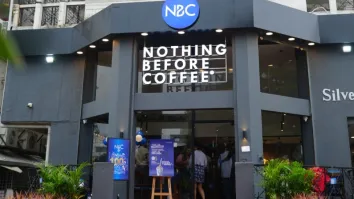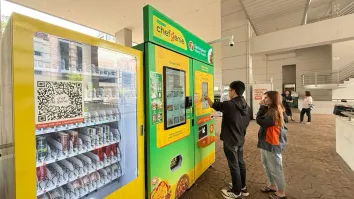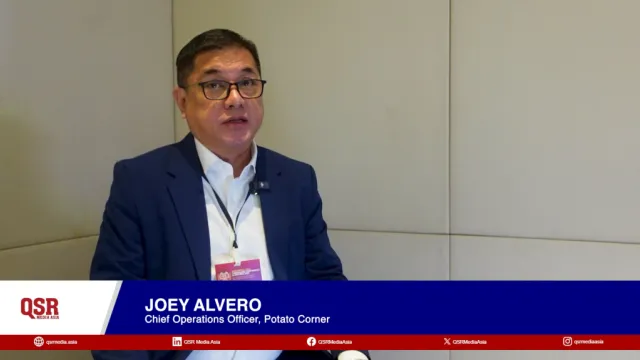
Adapting to Southeast Asia's ‘booming' restaurant sector
Execs from three of the region’s biggest QSRs elaborate on what it takes to succeed in Southeast Asia.
Due to the outstanding and sustained economic growth of the region, the ASEAN has become a magnet for foreign investment. In particular, many QSR locators looking for opportunity have come to the region attracted to consistent economic outperformers like Indonesia, Thailand, Singapore, and Malaysia.
However, newcomers should be prepared to meet stiff competition and an unpredictable market. A certain adaptability and a knack for current technological and cultural trends will go a long way in securing a foothold in the region, according to a panel of executives during the QSR Media Asia Conference and Awards 2019
Improvise, adapt, overcome
Hendy Setiono, Founder & Chief Executive Officer of Kebab Turki Baba Rafi, noted the importance of knowing the market conditions of the country you are doing business in.
“The interesting thing about doing business in Indonesia is it’s a massive, huge market,” he said.
He said that with a population of over 250 million, with a rising middle class income and consumer spending, a sound marketing and operations strategy can help a brand connect with both an audience and potential business partners.
“The way we grow internationally is through a master franchisee strategy. We work with local partners as the master franchise and after we deliver our know how technical training then they are able to open their own shop as well as a franchise model. We tap into what we call the young generation, the millennials.”
There is opportunity to be found in similar markets like Thailand.
“We're a growing country. Especially since we're going to have election very soon, the economy this year will forecast better than the previous year. We see a lot of positive things coming in,” Dr. Ausanee Mahagitsiri Leonio, President of KDN Company Limited (Krispy Kreme Thailand), said.
Technology and delivery
Technology often can bridge this gap between a brand and the market, especially among the younger generation. Not only that, being aware of the culture in a country’s technology space can give awareness to certain factors that could affect your brand.
Leonio mentioned how there is an emerging trend of independent brands selling home-cooked meals on social media platforms like Instagram.
“Technology is the focus for all of us,” Helen Leung, Finance Director of PizzaExpress Hong Kong, added. “It’s just about CLM, analytics, etc. It’s about promotions, and it’s about how we serve our customers better in general.”
Part of the job is knowing how to use technology to serve that function more effectively. Leung explained that there are different receptions to technology in different markets. In Hong Kong, she said more consumers would like to be served by human workers whilst Singapore has a bigger preference for technology.
A straightforward example of how a brand can leverage technology to create a niche in the Southeast Asian market is through delivery platforms like Go-Jek and Grab. Setiono said that 30% of their sales could be attributed to delivery.
The importance of brand management
For Leung, branding is just as important as everything else when coming in to a new market. She mentioned how in in Hong Kong, PizzaExpress’s uniqueness as a UK brand stands out as a mark of assurance and cultural heritage to local consumers, and serves as part of its appeal.
“As a finance person, you may think that I care about price. Yes, I care about price. I care about quality. But the other thing I'm thinking about is about the perception and understanding of brands because the new generations will focus on their customer journey and whether they agree with the brands before this spend a penny,” she said.
“We have to strike a balance because locally-sourced products probably will be cheaper and fresher, but at the same time we need to ensure consistency and quality so that people will recognize this as PizzaExpress.”
Such a strategy can also work in setting up partnerships with local players. Leonio said that having a core management team that knows their brand can help in the process of working with business partners.
“We started with Krispy Kreme so we have our core management team. When we acquire more concepts, we use the management team to help grow the new brand. And then of course, when we have more brands and we can share aspects like finance, procurement, warehouses. All those can be shared,” she said.
Leung agreed, adding that working with local teams can give you insight into how a market operates. “We acknowledge that the local team would have the most knowledge in the area. We also consult with them from time to time.”
For Setiono, utilizing their existing management team has helped them grow easily in new markets overseas. ”Management is sometimes key in collaborating,” he said.


























